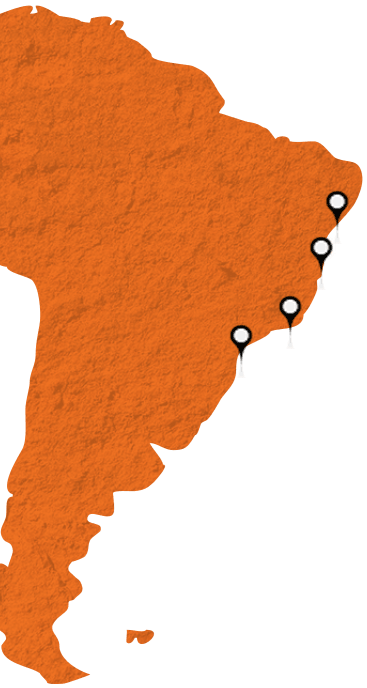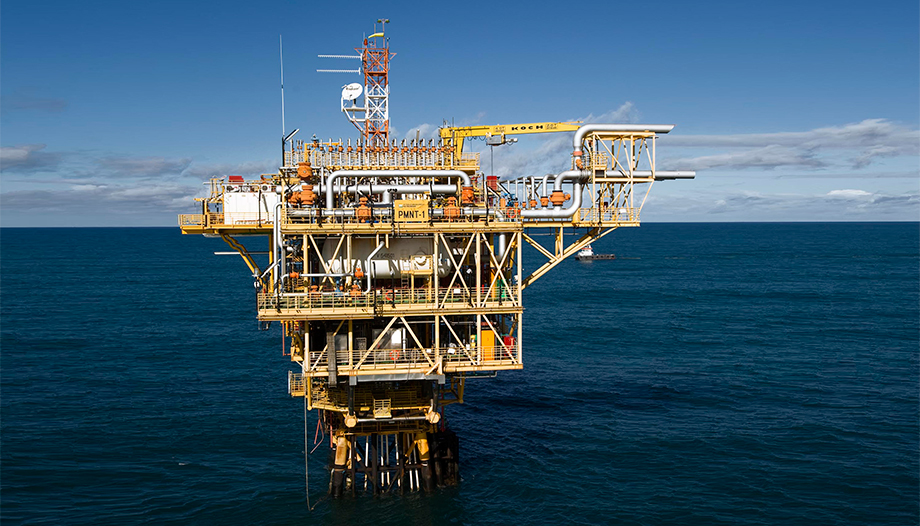Operation
Oil and gas exploration involves highly sophisticated geological and geophysical methods and drilling techniques, which require the inherent risk to be properly managed. Accordingly, the oil and gas sector invests in the research and development of advanced techniques for exploration, drilling and production.
However, it is still not possible to ascertain the exact size of the reserves. Estimates of oil and gas quantities are projections based on geological information and measurement techniques, and are classified as proven (high level of confidence), probable (medium) or possible (low) reserves.
The discovery of new oil and gas deposits in ultra-deep water (at depths greater than 1,500 meters) in the Santos, Campos and Espirito Santo basins is a new frontier for oil and natural gas. The development of the pre-salt layer has established a new position for Brazil in the international oil and natural gas market by increasing the country’s proven reserves and doubling its production capacity by 2020, through US$400 billion in investments.
In 2012 Queiroz Galvao Exploração e Produção strengthened its activities in planning, project structuring and studying new opportunities. Its only asset currently in production is the Manati Field, in which the Company holds a 45% stake, and which is operated by Petrobras. In the past few years its investments have been focused on the development of exploration and projects, including the acquisition of seismic data to study areas to be acquired via farm-ins, and to prepare for the next round of ANP bids.
Oil History Timeline
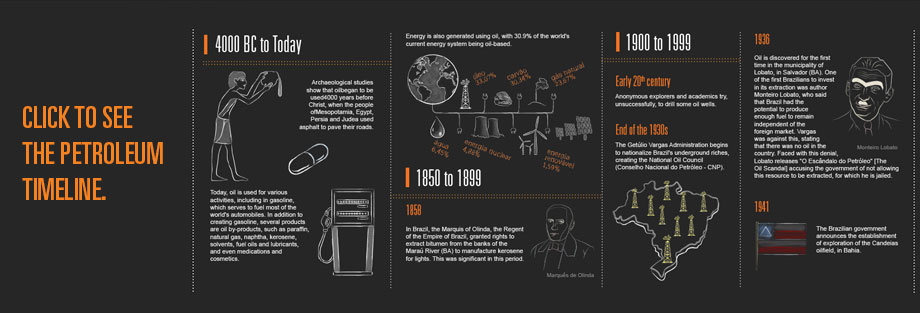
To enlarge the image, hover the mouse on it.

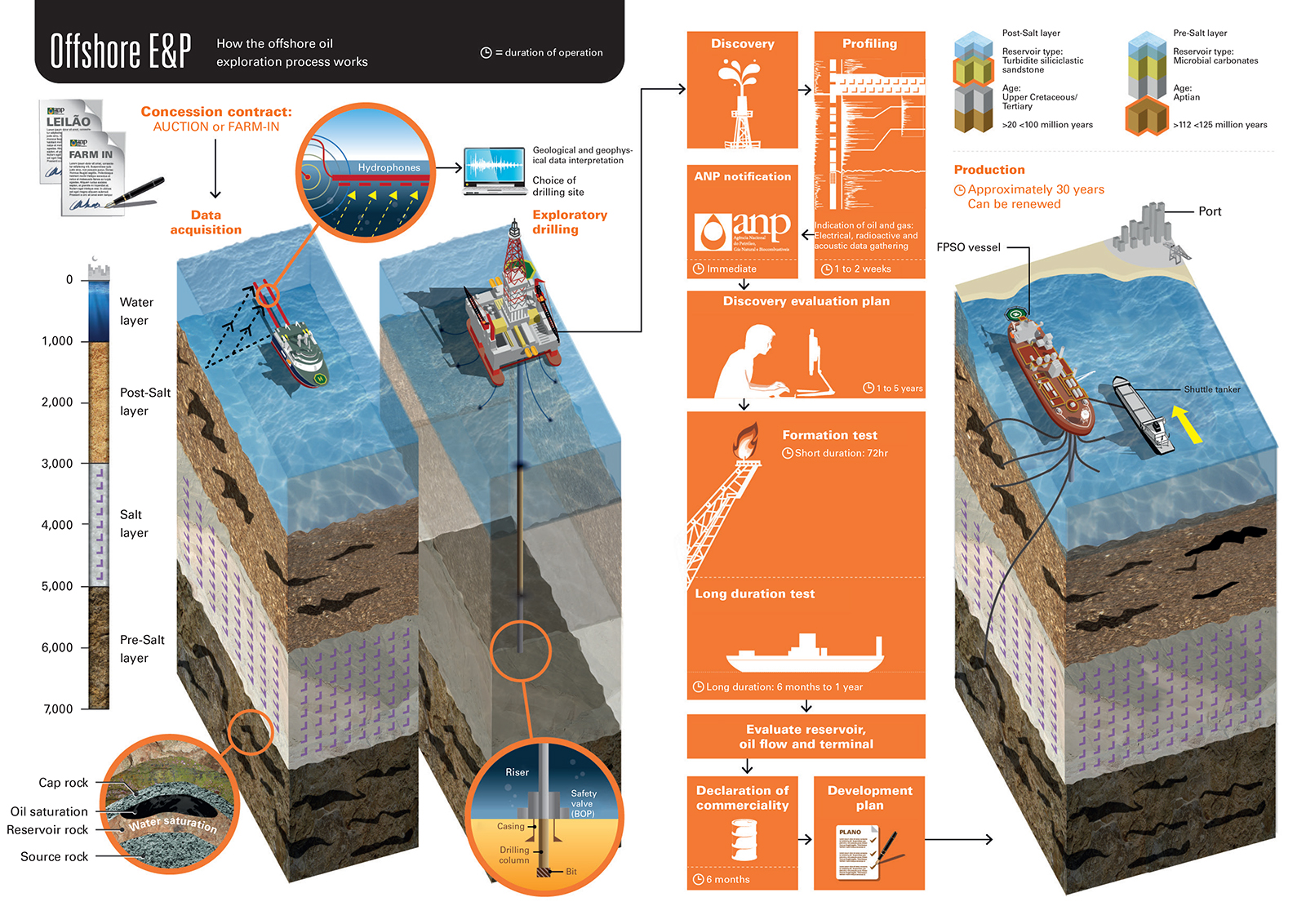
DISTRIBUTION OF PROVEN OIL RESERVES
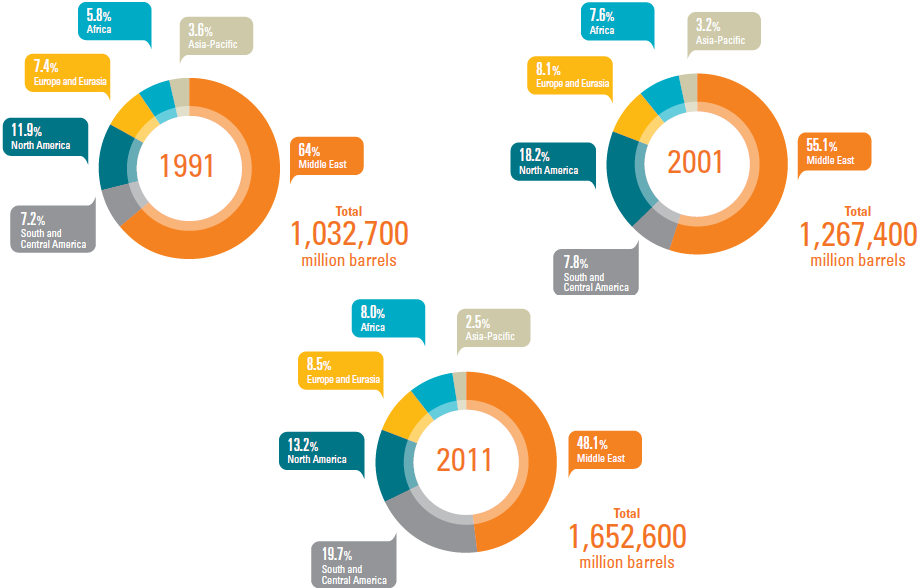 Source: BP Statistical Review of World Energy, June 2012
Source: BP Statistical Review of World Energy, June 2012
Oil – In 2012, the world's proven oil reserves stood at 1.6 trillion barrels, according to the most recent information published by the ANP. Over the past 2 years global consumption grew by 1.5% per year, reaching 85 million barrels per day in 2012.
In Brazil, production remained stable at two million barrels of oil equivalent per day, while reserves were 1.5 billion barrels. Pre-salt exploration accounted for 217,000 barrels of oil equivalent (boe)/day of this total. Additionally, about 200 exploratory wells were drilled in Brazil in 2012.
TOTAL OIL RESERVES IN BRAZIL (in millions of barrels) |
AMOUNT OF OIL REFINED IN BRAZIL (in millions of barrels of oil equivalent) |
|
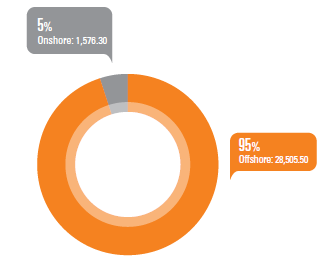 |
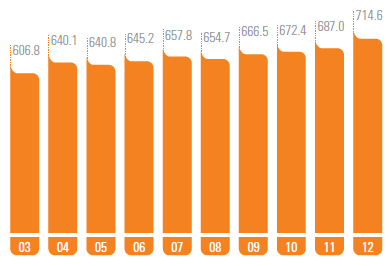 |
|
| Source: Agência Nacional do Petróleo, Gás Natural e Biocombustíveis (ANP) |
Source: Agência Nacional do Petróleo, Gás Natural e Biocombustíveis (ANP) |
|
Gas – At the end of 2012, according to industry figures, the world’s natural gas reserves totaled 208.4 trillion cubic meters.
Global DISTRIBUTION OF PROVEN NATURAL GAS RESERVES
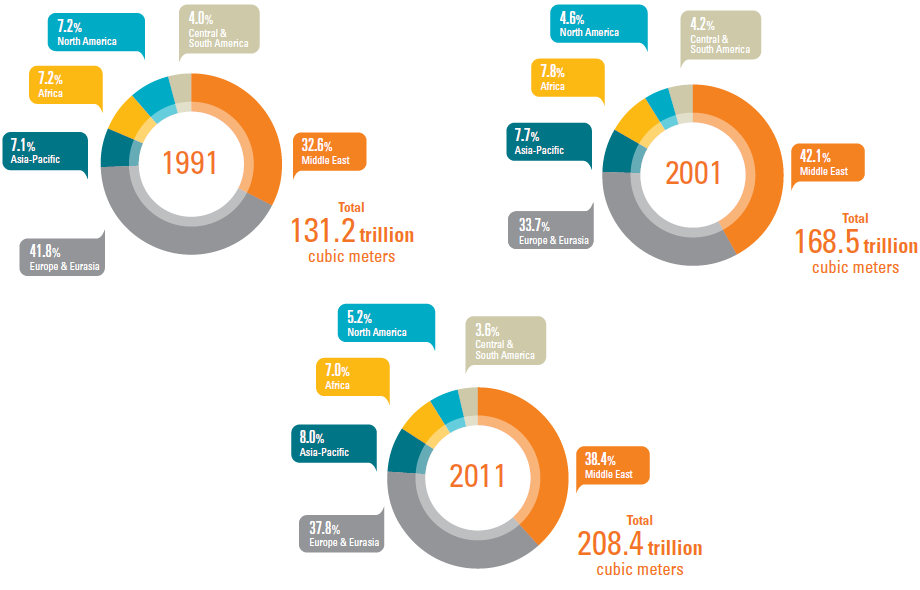 Source: BP Statistical Review of World Energy June 2012.
Source: BP Statistical Review of World Energy June 2012.In Brazil, natural gas reserves totaled 450 billion cubic meters.
In Brazil, natural gas production during the year reached 25 billion cubic meters in 2012.
NATURAL GAS PRODUCTION IN BRAZIL (in million barrels of oil equivalent)
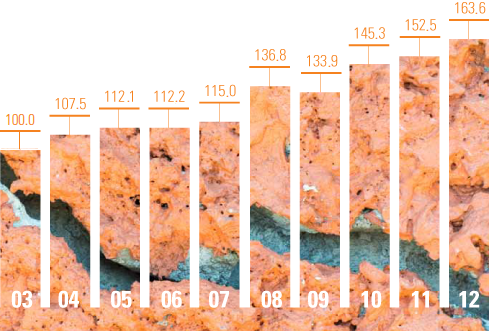
ACCIDENT PREVENTION
QGEP works constantly to assess and reduce the risks inherent in its activities. Key to this is the prevention of accidents. The Company analyzes the risks of each activity to be undertaken and sets high standards of safety which all suppliers must comply with. The Company seeks to work with suppliers and partner firms that are recognized in the industry for their strong safety records. In 2012, drilling in Block BM-J-2 was shut down and no drilling was carried out in the Atlanta Field, where QGEP is the Operator. As a result, accident prevention and health awareness activities were focused on the administrative areas. The Health, Safety and Environment (HSE) area has developed a procedures manual that is now available on the Company intranet. The manual will subsequently will be printed and distributed to employees and contractors prior to operations.
Goals for 2013 include the implementation of a new incidents management structure, based on the Incident Command System (ICS). About 35 staff members will be trained in the system. ICS methodologies are used internationally to prepare planning and resource management processes for incident management. GRI EN14 | GC 8
ASSET PORTFOLIO
GRI 2.2 | OG1